This was published 3 years ago
Travel after coronavirus (COVID-19): Six ways it will change forever
By Ben Groundwater
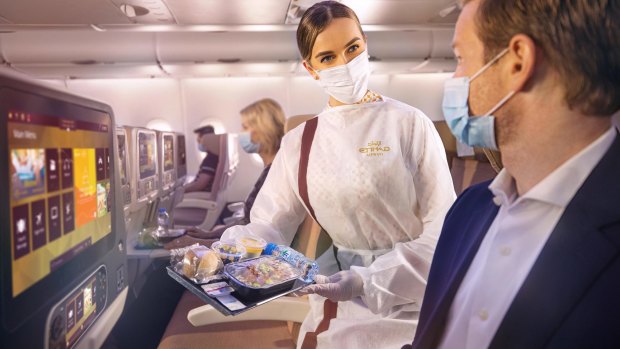
Flying with masks, for cabin crew and passengers, will become common practice.Credit: Etihad
Things might be better, or things might be worse, but if there's one thing that is certain, travel will never be the same again.
Everything will change. It has to. Even if a vaccine is discovered for the novel coronavirus, the way in which we move around and see the world will be forever altered.
The big question is: how?
ENTRY AND EXIT
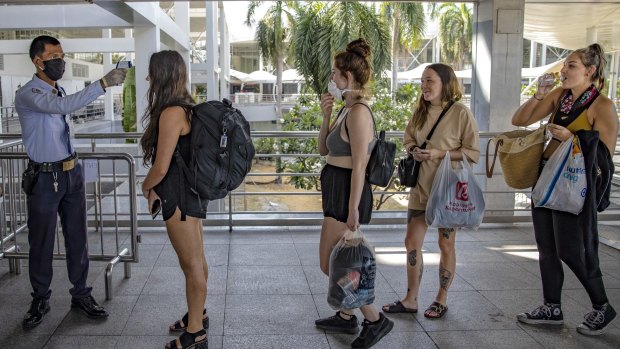
Credit: Getty Images
Expect your entry and exit requirements for most countries around the world to change once you're allowed back out there. If and when a vaccine is found and distributed, you can expect to have to prove you have had it in order to enter a foreign country, in the same way you're already required to be vaccinated against yellow fever in some places.
With or without a vaccine, you can also expect to have to provide extra detail in terms of your planned whereabouts and contact details upon entry. Contact tracing is an important weapon in the fight against the spread of infection, and governments are going to want to know where you've been and where you're going. Some countries might also require you to download a tracing app, similar to Australia's COVIDSafe.
After an initial run of discounted fares, flying is likely to be more expensive post-COVID-19.
There will also be increased health checks on entry, including temperature testing, and possibly even a full COVID-19 test if it's available. Entrants to some countries may have to show a recent negative COVID-19 test result to come in.
FLYING
Forget the spare middle seat thing – it's not going to happen in the long-term. Airlines can't afford it, and you can't afford it. Flights in the post-COVID world will be just as packed as they were before it. Even without a vaccine. You can, however, expect that some things will change.
Though most Australian carriers are leaving face masks as an optional extra, plenty of airlines around the world are making them a requirement, and that's something we could be seeing until there's a vaccine. You can also expect to see not only cabin crew but also your fellow passengers geared up in all sorts of personal protective equipment, including gloves, eye protection and even disposable coveralls.
The days of inflight magazines could be numbered (how many people touch them?); in many airports travellers will have to pass through thermal scanners before boarding; there's even talk of "disinfection tunnels" to walk through. Planes will also have to be deep-cleaned after every flight, so the days of budget airlines flying tight turnarounds are probably over.
All of this, of course, means that after an initial run of discounted fares, flying is likely to be more expensive post-COVID-19.
CRUISING
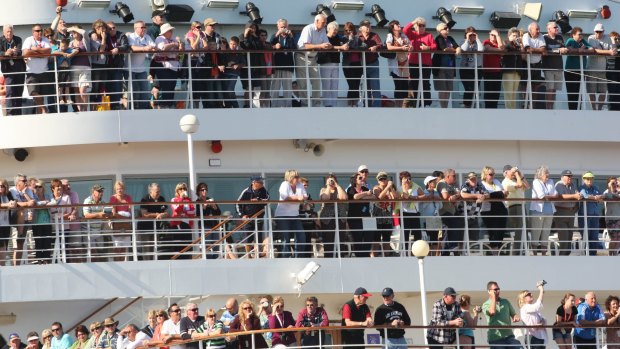
Credit: Paul Harris
Here's a sector of the travel industry that has been hit particularly hard and will have to evolve to survive. And of course, there's cruising and there's cruising. There's small-ship cruising, expedition cruising and river cruising, which should be able to adapt fairly easily, and then there's larger ocean-liners, which will have to work a little harder.
Regardless of your choice, expect that there will be no more "interior" rooms with no windows or fresh air. Expect temperature checks every time you embark or disembark the vessel. Expect to see and to have to use hand-sanitiser everywhere. Expect touchless devices for check-in and entry to your room. Expect the dining buffets to look drastically different, or disappear altogether. And expect that if there is a vaccine for COVID-19, you will have to prove you've had it.
See also: The party is over: 10 steps the cruise industry needs to take to recover
DINING OUT
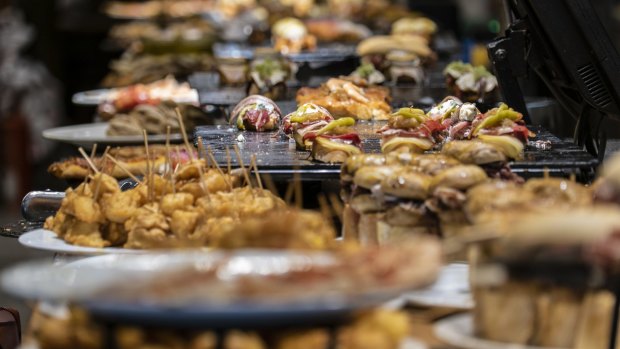
Credit: iStock
Sadly, some of the world's great gastronomic experiences just won't exist after COVID-19. Consider the pintxos bars of the Basque Country, for example, in Spain's north. All of those amazing displays of cold food laid out on the bars, platter after platter, row upon row – they just can't exist anymore. The entire culture of tapas in Spain, in fact, with diners standing up and walking around and jamming in with hundreds of others, will take a long time to recover, if it ever does. And that is monumentally sad.
Street food culture around the world is also likely to take a hit. In the short term at least, expect to see a move away from ultra-cheap vendor dining, as tourists in particular look for more security – perceived or otherwise – in terms of hygiene and sanitation. High-end restaurants may have to adapt in the short-term as well, offering menus that are more budget-friendly and appeal to local diners rather than the cashed-up tourists who may not be arriving. Overall though, expect to have to book ahead – and pay in advance – for meals far more than you did before.
See also: You have to be there: 10 overseas dishes Australia can't replicate
PUBLIC TRANSPORT
Buses, trains, taxis, metro systems ... all will be at least subtly different the next time you head out for an adventure. You'll see hand-sanitiser everywhere, for starters, in terminals, stations, and in cabs. You'll see masks being worn too, particularly by taxi drivers – something that was already happening in plenty of Asian countries that had been affected previously by SARS and H1N1.
Limits could be set on passenger numbers for buses and trains, particularly in the short term. Ticketed journeys could replace the "sit where you like" style of train trips that encourage more movement within carriages and more people standing up. Face marks could be compulsory in some places, particularly cities with crowded metro systems. And walking or cycling will become much more popular.
ATTRACTIONS
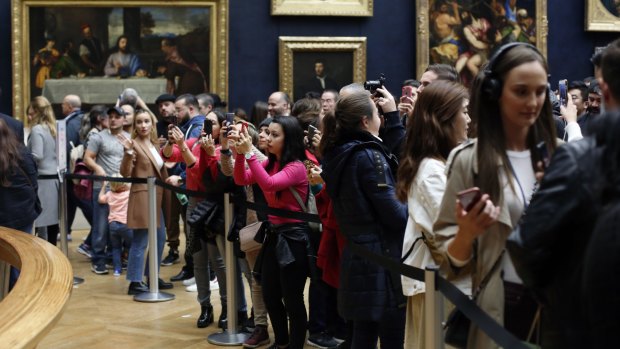
Credit: AP
Expect to be buying a lot more tickets. The museum, the gallery, the church, the temple, the mausoleum, the monument – whatever it is you want to see, you will probably now have to buy a ticket in advance, which will specify a time you can enter, and a time you have to leave. This is to ensure crowd numbers are easy to control, that social distancing is always possible, and that organisers know what to expect from each day. It will also mean no more queues of people squished together outside.
This, of course, is going to take away a little of the spontaneity of the travel experience, and will also make some attractions more difficult to access given the lower cap on numbers, but such is the new world we live in. You can also expect to have your temperature scanned upon entry into plenty of attractions, and once again, you will see hand-sanitiser everywhere.
What do you think the world of travel will look like post COVID-19? Will it be better in some ways? Worse in others? Will anything hold you back from travelling?
Email: b.groundwater@traveller.com.au
Instagram: instagram.com/bengroundwater
See also: The one big issue that will stop Australians travelling overseas
See also: The 11 destinations Australians should be able to visit in 2021
Send us your travel-related tips, opinions and experiences.
Letters may be edited for space, legal or other reasons. Preference will be given to letters of 50-100 words or less. Include your full name and suburb. Email us at travellerletters@traveller.com.au.
Keep your travel dreams alive! Share your most inspirational travel photos and stories with us on Instagram and Twitter using the hashtag #travelleraudream
Sign up for the Traveller newsletter
The latest travel news, tips and inspiration delivered to your inbox. Sign up now.